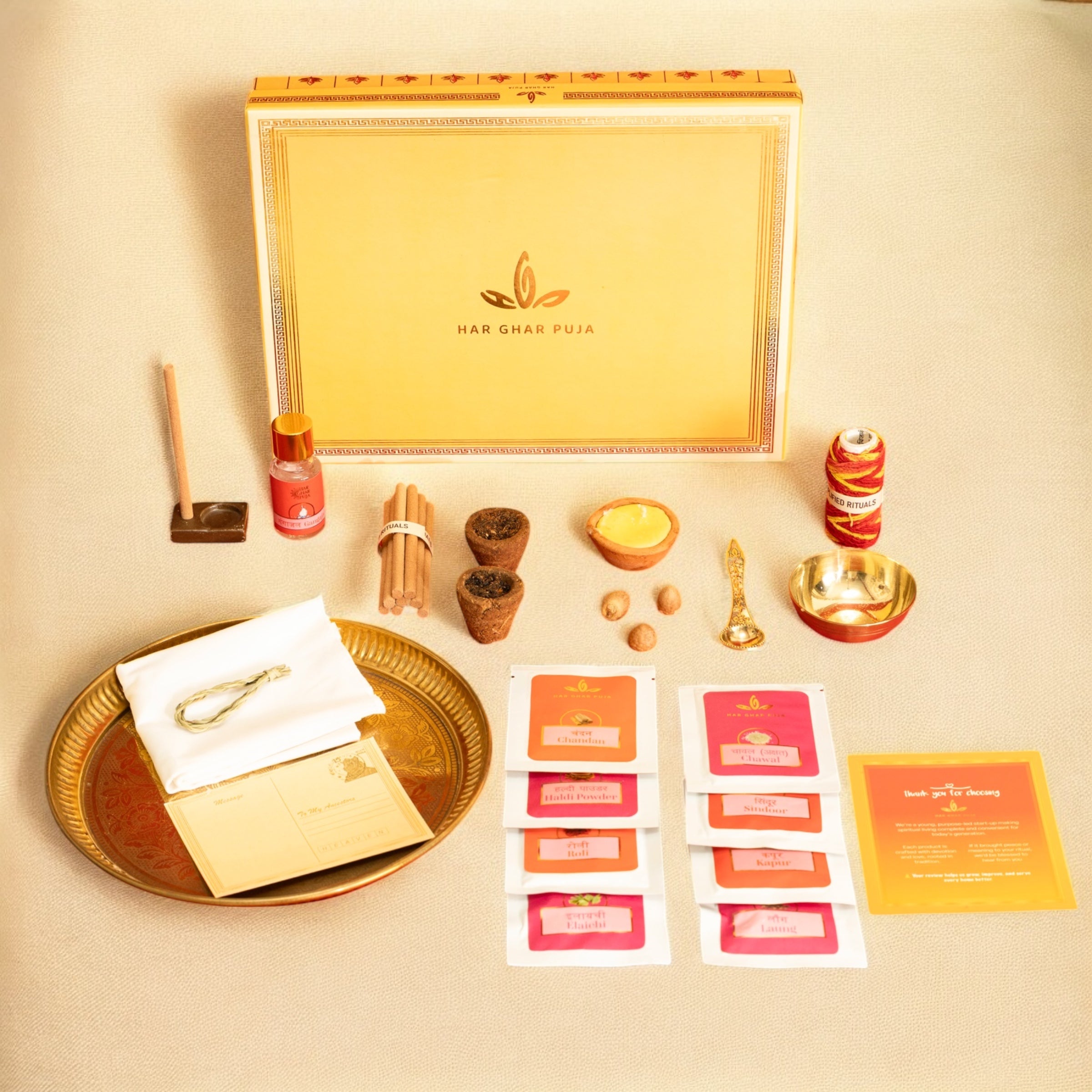In Hindu tradition, the worship of Shaiva-Vaishnava and Shakti holds immense importance as described in religious texts. The worship of Shakti, in particular, is emphasized because life itself is sustained by this divine energy. While physical strength and mental resilience are crucial, spiritual power, embodied by Mother Bhavani, who is Adi Shakti, is the ultimate force that guides and nourishes life. No ritual is deemed complete without invoking her blessings.
The Pure Heart of Adi Shakti: Mother Parvati
Mother Parvati, revered as Adi Shakti, is known for her pure and benevolent heart towards her devotees. It is said that she is easily pleased with sincere worship and bestows her blessings generously. In this article, we explore the divine story of the birth of Shakti Swaroopa Mother Parvati, who is revered as the remover of sorrows. Additionally, we delve into the significance and method of her worship as outlined in the scriptures.
Mother Parvati in the Scriptures
The Bhagwat Purana depicts Mother Parvati as a form of Durga Kali. In Hinduism, women observe fasts like Teej and Karva Chauth for the longevity and prosperity of their husbands. However, apart from these fasts, there are specific mantras of Goddess Parvati that are particularly dear to her and hold significant power.
How to Please Goddess Parvati
Worshiping Goddess Parvati on Fridays is considered most auspicious. Here is the proper method:
- Begin with Lord Ganesha: Start by worshiping Lord Ganesha to remove any obstacles, then invoke Lord Bholenath (Shiva) along with Goddess Parvati.
- Offer Flowers and Perfume: Adorn Goddess Parvati with flowers and apply perfume to her. Perform the sixteen adornments (Solah Shringar), ensuring you include sindoor and bindi.
- Light Lamps and Incense: Offer lamps, incense, and prasad to the goddess. Conclude the worship with a heartfelt aarti.
- Chant the Mantras: Recite these sacred mantras dedicated to Goddess Parvati:
- Om Umamaheshwarabhyam Namah
- Om Gauraye Namah
The Birth of Goddess Parvati: A Divine Story
Goddess Parvati was born to Himavan, the lord of the mountains, and his wife Mainavati. Himavan, the embodiment of the Himalayas, gave birth to Parvati, who is also known by many names like Uma, Gauri, Ambika, Bhavani, and more. Goddess Parvati, the incarnation of Shakti, is the consort of Lord Shiva.
Before this incarnation, Goddess Parvati was born as Goddess Sati, the daughter of Prajapati Daksha. Sati was married to Lord Shiva, but during a grand Yagna (sacrificial ritual) organized by Daksha, Shiva was deliberately not invited. Angered and hurt by the disrespect shown towards her husband, Goddess Sati immolated herself in the Yagna Kund (sacrificial fire).
Before surrendering her body, she sought a boon from Lord Shiva, asking to be united with him in all future births. Fulfilling this wish, she was reborn as Parvati, the daughter of the mountain lord. Thus, she was named Parvati. It is believed that from the time of Parvati’s birth, holy waters began to flow through the rivers, and the land became blessed with happiness and prosperity.
The Prophecy of Narad Muni
One day, Narad Muni visited the house of King Himavan. The king, eager to know the future of his daughter, presented Parvati before Narad Muni. Narad, with a voice full of divine wisdom, proclaimed that Parvati was a treasure trove of virtues, beautiful, well-behaved, and intelligent. He foretold that she would be cherished by her husband and revered worldwide.
However, Narad also revealed that her husband would possess certain unusual traits—he would be a yogi with matted hair, selfless, often naked, and dressed in inauspicious attire. Hearing this, Parvati rejoiced internally, knowing that her husband was none other than Lord Shiva. Yet, her parents were concerned and sought Narad’s advice for a remedy. Narad, however, assured them that these traits, though seemingly faults, would become virtues if Parvati married Lord Shiva.
Goddess Parvati’s Penance for Lord Shiva
On Narad’s advice, Goddess Parvati embarked on a rigorous penance to win Lord Shiva’s favor. Her penance was so intense that for thousands of years, she survived on minimal sustenance, sometimes only on Bael leaves. Eventually, the leaves too dried up and fell. Moved by her devotion, a divine voice from the heavens assured her that her wish would be fulfilled, and she would soon be united with Lord Shiva. Overjoyed, Parvati’s heart brimmed with divine happiness, knowing that her devotion had borne fruit.
The story of Mother Parvati is a profound testament to the power of devotion, penance, and the deep spiritual connection between the divine and the mortal. As the embodiment of Adi Shakti, her life and actions demonstrate the transformative power of unwavering faith and dedication. Worshiping Goddess Parvati not only brings peace, prosperity, and strength to her devotees but also offers a path to spiritual awakening. By following the prescribed rituals and invoking her through sincere prayers, one can attain her blessings and experience the divine grace that she so generously bestows upon her true devotees.







